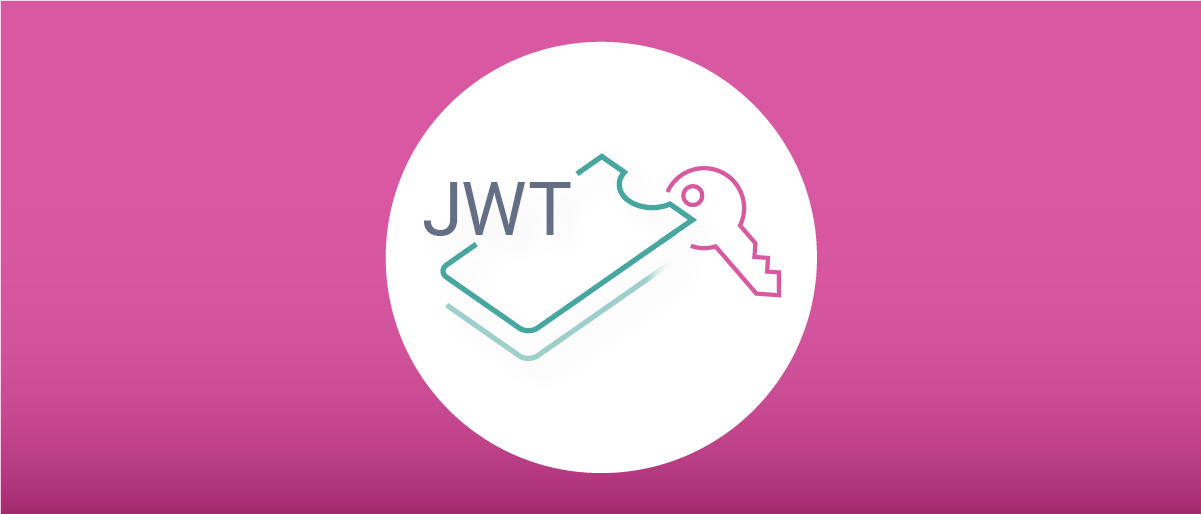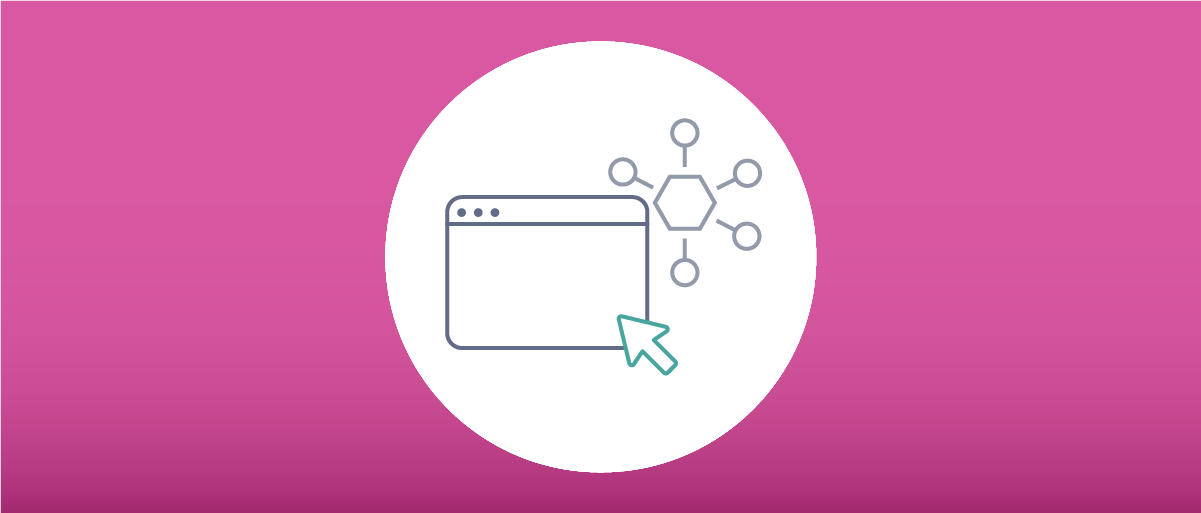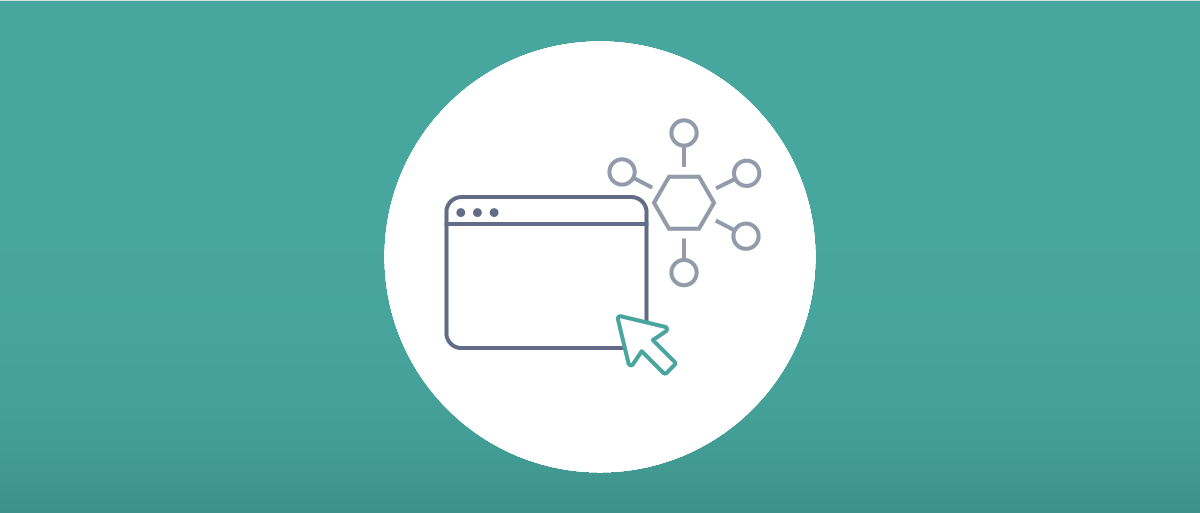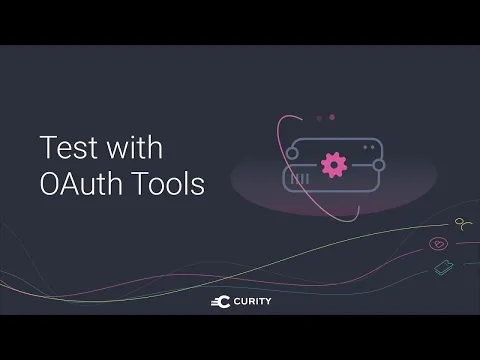
OpenID Connect
Explore the OpenID Connect authorization framework. Learn about OpenID Connect vs. OAuth, OpenID Connect Code Flow, Dynamic Client Registration, and more.
What is OpenID Connect? OpenID Connect is an identity layer on top of the OAuth authorization standard protocol. It allows for verification of an end user’s identity based on authentication performed by an authorization server. It also allows clients to request and receive information about authenticated sessions and end users using ID Tokens. The OpenID Connect is an API friendly specification and also allows for use of optional features such as encryption of identity data, discovery of OpenID Providers, and session management.

Encrypted ID Tokens
Using JSON web encryption to protect the confidentiality of ID tokens

Device Flow vs CIBA | Which Flow Should You Choose?
Which Flow Should You Choose, the OAuth Device Authorization Grant or OpenID Client Initiated Back-Channel Authentication?

Client Initiated Backchannel Authentication (CIBA) Flow
This article describes the messages in the poll mode as specified by CIBA and aims to help developers understand and implement the specification.

Client Initiated Backchannel Authentication (CIBA)
Learn about the Client Initiated Backchannel Authentication (CIBA) specification and how to use it to retrieve a token without direct user interaction.

OpenID Connect Single Logout
An overview of OpenID Connect Single Logout and how it can be used as a counterpart to Single Sign On (SSO) to protect users and their data.

OpenID Connect Standards
Overview of OpenID Connect standards and how they used by the Curity Identity Server.

OpenID Connect Hybrid Flow
Learn about the OpenID Connect hybrid flow, its components, and how it combines the implicit and authorization code flows for secure authentication.

Pairwise Pseudonymous Identifiers
Introduction to Pairwise Pseudonymous Identifiers (PPIDs). How to use them in OpenID Connect Standard to increase user privacy.

JWT Secured Authorization Response Mode (JARM)
An overview of the JWT Secured Authorization Response Mode, when and how to use it.

Dynamic Client Registration Management
An overview of Dynamic Client Registration Management: DCR and DCRM with client certificates. Learn how to manage any dynamically registered clients.

OAuth and OIDC Request Objects
An overview of the OAuth and OIDC Request Objects, how to pass them, and how to validate, sign, encrypt and use them in authorization requests.

Dynamic Client Registration Authentication Methods
An overview of the main DCR use cases, how to secure DCR, user and client authentication, Financial-grade DCR authentication and dynamic client management.

Using Dynamic Client Registration
Dynamic Client Registration allows new clients to be registered using a standard API. In this article we provide examples of use cases.

Dynamic Client Registration Overview
An overview of the Dynamic Client Registration (DCR) protocol. Learn about its use cases, deployment patterns and how to build a more dynamic network.

Validating an OpenID Connect ID Token
This article shows how to validate an OpenID Connect ID Token. Find out what each part of the token means and when to use JWT tokens.

OpenID Connect Authorization Code Flow
A thorough explanation of the OpenID Connect Authorization Code Flow. Learn how to authenticate users and clients with OIDC.

OpenID Connect Overview
OpenID Connect explained: what it is and what benefits does it offer. How does it compare with OAuth2 and SAML?









